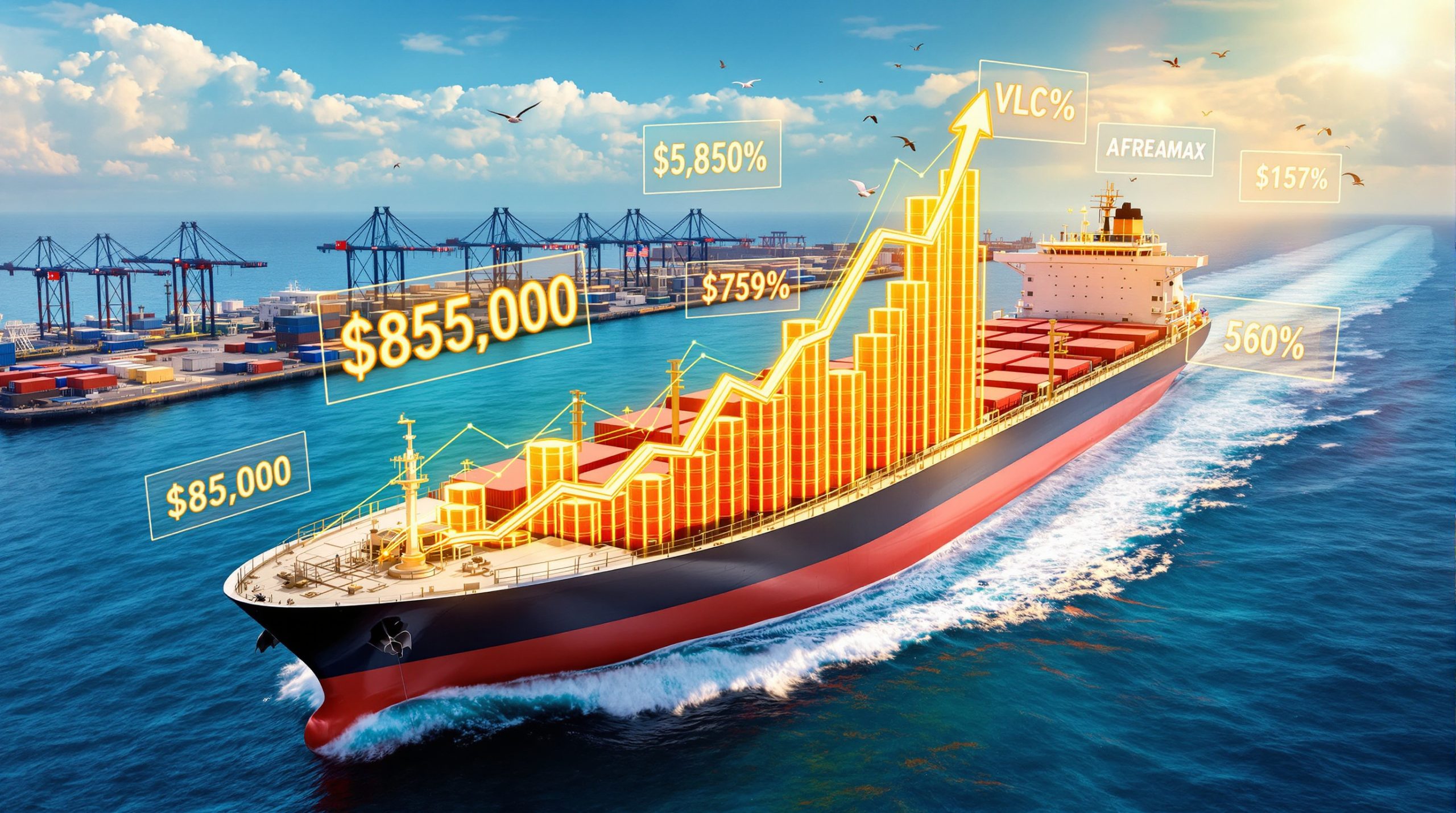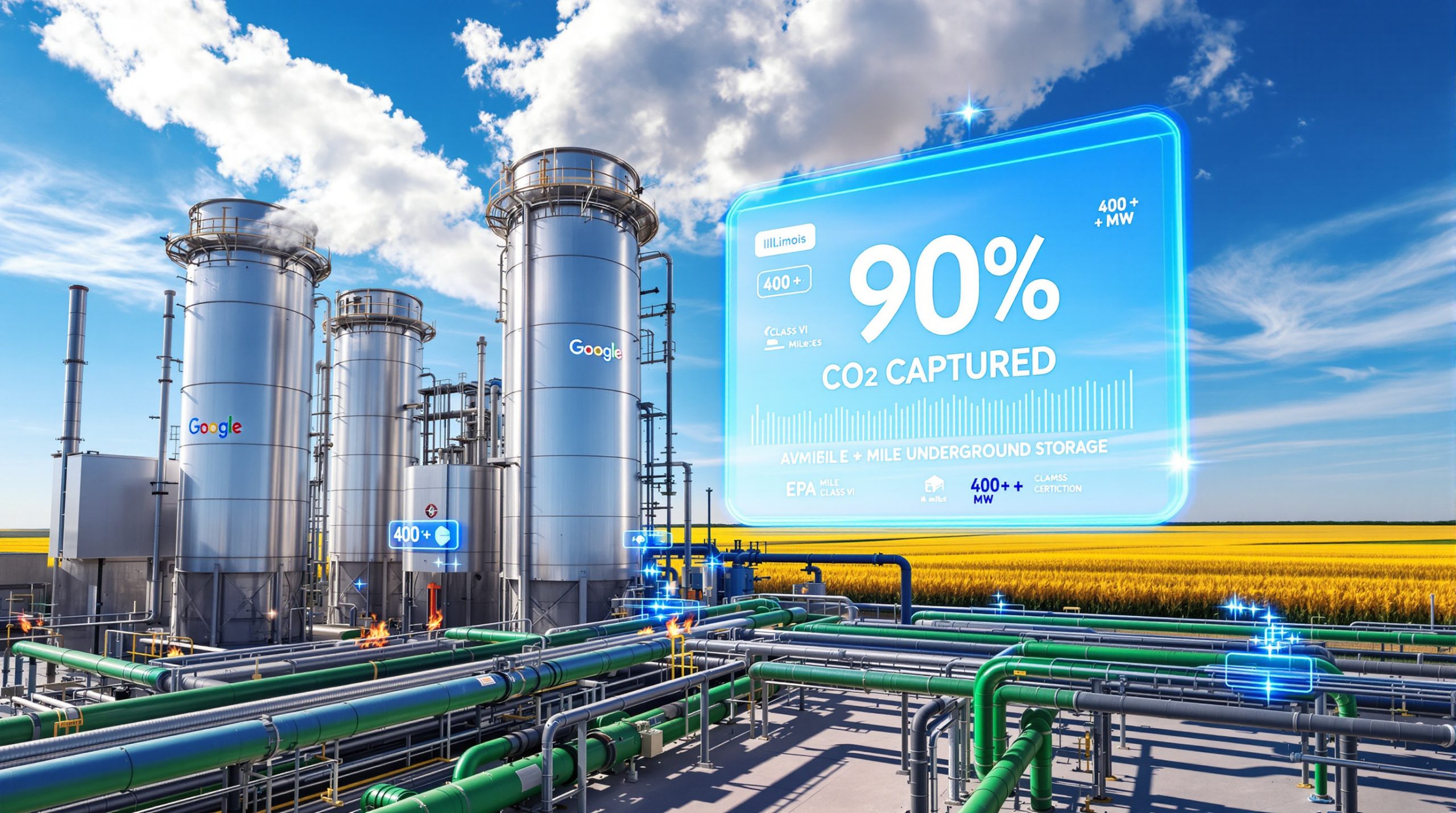Understanding Critical Minerals and Their Strategic Role
The global economy increasingly depends on a select group of materials that power everything from smartphones to electric vehicles. These critical minerals represent the backbone of modern manufacturing, encompassing essential elements like lithium, cobalt, copper, and rare earth elements that drive technological advancement across multiple sectors. The critical minerals supply chain has become a focal point for strategic planning as nations recognise the importance of secure access to these essential resources.
These materials have evolved beyond simple commodities to become strategic assets that nations actively compete to control. The clean energy transition alone requires unprecedented quantities of these resources, with electric vehicle batteries demanding substantial lithium and cobalt supplies, while renewable energy infrastructure depends heavily on copper and specialised rare earth elements.
The economic impact extends far beyond mining operations. Critical minerals influence supply chains across clean energy production, electronics manufacturing, automotive assembly, and defence systems. When supply disruptions occur, entire industries can face production delays and cost escalations that ripple through global markets.
The New Resource Competition Landscape
Recent developments highlight the intensity of global competition for these materials. As Ross McEwan, BHP Chair, recently observed, nations are increasingly engaged in resource competition, with critical minerals becoming a vital strategic concern. This competition reflects broader geopolitical tensions as countries seek to secure reliable supplies for their domestic industries.
The stakes have never been higher. Modern economies that lack secure access to these materials risk technological dependence and potential supply chain vulnerabilities that could compromise national security and economic competitiveness. Furthermore, recent policy initiatives such as the Trump executive order demonstrate the high-level attention these materials receive from policymakers.
Geographic Concentration and Strategic Vulnerabilities
The distribution of critical minerals across the globe creates inherent strategic challenges. Unlike conventional commodities, these resources concentrate in specific geographic regions, often in areas subject to political instability or geopolitical tensions.
China dominates the processing and refining stages for most critical minerals, controlling significant portions of global supply chains despite not always being the primary extraction source. This processing dominance creates bottleneck effects that can impact global availability regardless of where raw materials originate. Consequently, the International Energy Agency highlights how export controls on critical minerals make supply concentration risks a reality.
Australia has emerged as a crucial alternative supplier, particularly for nations seeking to diversify their supply sources. The country's stable political environment and established mining infrastructure position it as a strategic partner for countries looking to reduce dependency on concentrated supply chains. Moreover, initiatives focused on securing lithium supply demonstrate the strategic importance of alternative sourcing arrangements.
Supply Chain Bottlenecks and Processing Challenges
The critical minerals supply chain involves three distinct phases, each with unique challenges and opportunities. The extraction phase focuses on mining operations and resource development, requiring substantial capital investment and technical expertise. However, extraction represents just the beginning of a complex value-creation process.
Processing and refining constitute the most critical bottleneck in current supply chains. Mike Henry, BHP CEO, recently noted the fierce focus in the US on getting more mines and processing facilities operational, highlighting the urgent need for downstream processing capabilities outside of traditional centres.
The final downstream integration phase transforms processed materials into components for end-use industries. This stage requires sophisticated manufacturing capabilities and often involves proprietary technologies that add significant value to raw materials. In addition, the development of facilities such as the European supply facility represents efforts to establish regional processing capabilities.
Risk Assessment: Multiple Threat Vectors
Critical minerals supply chain face unprecedented risks across multiple dimensions. Geopolitical vulnerabilities represent the most visible threat, with trade wars and export restrictions capable of disrupting global supplies virtually overnight.
Resource nationalism has emerged as a significant concern, with producing countries increasingly implementing policies that prioritise domestic supply over international markets. Export controls and strategic stockpiling programmes can rapidly alter global availability and pricing dynamics.
Economic risks include extreme price volatility and potential market manipulation. The concentrated nature of many critical mineral markets makes them susceptible to coordinated actions by major producers or processors.
Environmental and Social Governance Pressures
ESG compliance requirements increasingly influence critical mineral sourcing decisions. Mining operations face stringent environmental impact assessments and sustainability requirements that can affect production timelines and costs.
Human rights concerns in certain extraction regions create additional compliance challenges for end-users seeking responsible sourcing. These factors drive demand for alternative suppliers in jurisdictions with stronger governance frameworks.
Strategic Response: National Security Initiatives
Major economies have launched comprehensive initiatives to address critical minerals supply chain vulnerabilities. The United States has prioritised partnership agreements and domestic capacity development as core elements of its resource security strategy.
A significant milestone occurred with the critical minerals agreement signed between US President Donald Trump and Australian Prime Minister Anthony Albanese, aimed at countering concentrated supply chains and enhancing bilateral cooperation in the sector. Furthermore, the Australia strategic reserve initiative demonstrates the country's commitment to supply security.
High-level engagement demonstrates the strategic importance of these materials. Henry's August meeting with Trump and Interior Secretary Doug Burgum in the Oval Office underscores the attention senior government officials dedicate to critical mineral security.
Infrastructure Investment and Partnership Development
Strategic infrastructure projects represent tangible responses to supply chain risks. The Resolution copper mine in Arizona, a joint venture between BHP and Rio Tinto, exemplifies this approach. Upon completion, this facility would account for a quarter of US copper demand, significantly enhancing domestic supply security.
These projects require substantial capital commitments and long development timelines. However, they provide strategic advantages that extend beyond mere supply security to include technology transfer and domestic capability development.
Corporate Strategy in a Fragmented Market
Mining companies navigate increasingly complex strategic environments as they balance commercial opportunities with geopolitical considerations. BHP's approach illustrates this balance, with leadership emphasising the need to work with all parties despite rising tensions between major economies.
The company maintains focus on copper, iron ore, steelmaking coal, and potash as core commodities rather than pursuing niche critical minerals exclusively. This strategy provides diversification whilst maintaining exposure to materials with strong long-term demand fundamentals.
Corporate risk management increasingly involves geographic diversification and partnership structures that distribute political and operational risks. Joint ventures, like the Resolution copper project, allow companies to share development costs whilst accessing multiple markets.
Market Consolidation and Strategic Positioning
Industry consolidation continues as companies seek scale advantages and portfolio optimisation. The potential $53 billion merger between Teck and Anglo American represents the scale of consolidation activity occurring in the sector.
Companies maintain strategic vigilance regarding acquisition opportunities. McEwan noted that BHP maintains awareness of marketplace opportunities, whether small or large, including infrastructure-leveraging acquisitions that can enhance operational efficiency.
However, operational challenges persist. BHP's recent suspension of operations at a Queensland coking coal mine, citing low prices and high state government royalties that generated only a 1% return on capital, illustrates the financial pressures affecting even major producers.
Technology Solutions and Innovation Pathways
Advanced extraction and processing technologies offer potential solutions to supply chain constraints. Innovation in mineral processing can improve recovery rates and reduce environmental impacts whilst enabling economic extraction from lower-grade deposits.
Recycling and circular economy approaches gain importance as primary supply constraints tighten. Technology development focuses on improving recovery rates from electronic waste and other secondary sources.
Alternative material development represents a longer-term solution pathway. Research into substitute materials and more efficient utilisation techniques could reduce dependency on specific critical minerals. In addition, the critical minerals energy transition demonstrates how technology innovation supports energy security objectives.
Future Demand Projections and Market Evolution
The clean energy transition drives unprecedented demand growth for critical minerals. Electric vehicle adoption alone requires massive increases in lithium and cobalt supply, whilst renewable energy infrastructure demands substantial copper and rare earth element quantities.
Technology advancement creates new mineral requirements as emerging applications develop. The semiconductor industry's evolution toward more sophisticated chip architectures increases demand for specialised materials with unique properties.
Market growth projections indicate supply challenges will intensify without substantial capacity additions across the entire supply chain, from extraction through processing to final component manufacturing. Furthermore, Australia's Department of Industry provides comprehensive guidance on critical minerals development priorities.
Supply Response and Investment Requirements
New mining projects require substantial lead times and capital commitments. Processing facility construction presents additional challenges, particularly in jurisdictions seeking to establish domestic capabilities.
Investment requirements for adequate supply chain capacity extend into hundreds of billions of dollars globally. These investments must occur across multiple countries and involve both private sector and government participation.
The timeline for supply response often extends 5-10 years from project initiation to production, creating persistent supply-demand imbalances during transition periods.
Building Resilient Supply Chain Architecture
Effective supply chain resilience requires multiple complementary strategies. Geographic diversification remains fundamental, but must encompass the entire critical minerals supply chain from extraction through final processing.
Strategic partnership development enables risk sharing and market access whilst providing political risk mitigation. These partnerships often involve technology transfer and capacity building components that enhance long-term sustainability.
Investment in domestic processing capabilities represents a critical element for import-dependent economies. However, such investments require substantial capital and technical expertise development.
Essential Elements for Long-term Security
Key resilience factors include:
• Geographic supply source diversification across multiple stable jurisdictions
• Strategic stockpiling programmes that provide supply buffer capacity
• Alternative supplier development in allied countries
• Technology innovation for improved efficiency and alternative materials
• International cooperation frameworks that enhance transparency
Critical investment priorities encompass:
• Processing facility construction in strategic locations
• Transportation infrastructure connecting supply sources to markets
• Energy infrastructure supporting mineral processing operations
• Research and development for alternative technologies and materials
The evolution of the critical minerals supply chain represents one of the defining economic challenges of the coming decades. Success requires coordinated action across multiple dimensions, from diplomatic engagement to infrastructure investment and technology development.
Disclaimer: This analysis is based on publicly available information and industry observations. Critical mineral markets involve significant risks including geopolitical, operational, and market volatility factors that can affect supply chain security and investment outcomes. Readers should conduct independent research and consult qualified professionals before making investment or strategic decisions related to critical mineral supply chains.
Seeking Exposure to Critical Minerals Discoveries?
Discovery Alert's proprietary Discovery IQ model delivers real-time alerts on significant critical minerals discoveries across the ASX, instantly empowering subscribers to identify actionable opportunities ahead of the broader market. Understand why major mineral discoveries can lead to exceptional returns by exploring Discovery Alert's dedicated discoveries page, then begin your 30-day free trial today to position yourself ahead of the market.




